Home » Gear Reviews » Hiking & Camping » Sleeping Pads » Lightweight Sleeping Pads » Therm-a-Rest Z Lite
Therm-a-Rest Z Lite Review
November 14, 2018
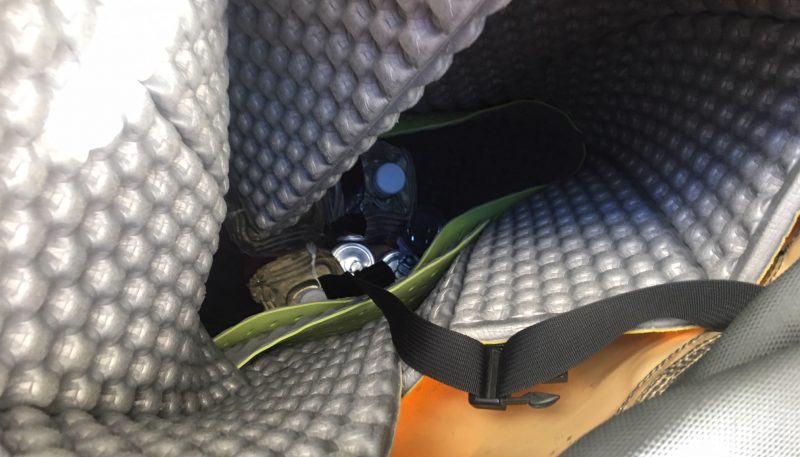
























 85
85 The Good
- Impossible to pop or break
- Easiest of all to use
- Warm for the weight
- Lightweight
- Doubles as a seat
- Inexpensive
- Not noisy
The Bad
- Bulky to carry
- Not as plush or comfortable as an inflatable pad
The Therm-a-rest ZLite is a closed-cell foam sleeping pad, meaning it does not need to be inflated to be used. Bulkier and less comfortable than most inflatable pads, it is much more durable, versatile, and easy to use. It is also one of the most inexpensive and long-lasting sleeping pads on the market. It comes in Regular (71 inches) and Short (51 inches) lengths, with the Short size being even less expensive and lighter weight. This option allows you to customize for budget, weight preference, and size.
Weight
At 14 ounces for a regular length model, the Therm-a-Rest ZLite ranks in the middle of the field of lightweight sleeping pads. The Therm-a-Rest NeoAir XLite and the Big Agnes Third Degree (the other closed cell foam pad in this test) both weigh 12 ounces for a regular length, which is two ounces lighter. But the ZLite weighs the same as the Nemo Tensor Ultralight. If you like the ZLite but want to shave some weight, consider purchasing the small length model, which only weighs 10.4 ounces and is lighter weight than any of the other pads in our test. In our warm weather testing, this three-quarter length pad is more than adequate. This is also the reason that the ZLite is popular with minimalist, ultralight, and thru-hiking crowds.
Packed Size
The biggest downside to the ZLite is its bulkiness. If you like to keep your backpack streamlined with all of your gear safely stored inside, this is not the sleeping mat for you. In its folded state, the ZLite measures 20 in x 5 in x 5.5 in, which is more compact than the other closed-cell foam pad we tested, but is still quite a large brick of foam. It needs to be lashed to the side or bottom of a backpack and can’t tuck inside like the compact Sea to Summit Ultralight Mat or the super small NeoAir XLite. However, since this pad hardly weighs anything, when we strapped it to our backpack for a weekend in the High Sierra backcountry, we hardly noticed that it was there. When it would matter is on a trip that requires a lot of bushwacking or tromping through tight trees. Then the pad may snag on branches and interfere with walking. In that scenario, or for a light-and-fast climbing trip, it may be more advantageous to pack a more compact pad.
Comfort
The ZLite is just a 0.75-inch-thick piece of foam and is not inflatable, making it average for comfort. For what it is, it is quite comfy, but don’t expect the plushness of a 3-inch thick inflatable mattress like the Nemo Tensor. The crosslinked polyethylene foam is molded to have small depressions and raised bumps which provide cushion and comfort. This makes the pad more cushy than if it was just a flat piece of closed-cell foam. Especially if you prefer firm sleeping surfaces, this pad is adequately comfortable.
We have also taken to using the ZLite in combination with inflatable sleeping pads. We flew onto the Pika glacier in Alaska and used the ZLite plus a NeoAir XTherm as our sleep set-up on top of snow, and were plenty toasty and comfortable. For winter camping, car camping, or when weight doesn’t matter (i.e. not backpacking) this pad can lay near the ground for extra insulation from cold snow or to protect an expensive inflatable pad from rough and pointy objects on the ground. This provides an extra boost in warmth, comfort, and durability no matter what combo of pads are used.
Warmth
The same bumps and depressions that provide the cushion in this pad also help keep sleepers warm. The depressions collect warm air to help insulate. Additionally, one side of the pad is coated in a shiny silver coating called Thermacapture which reflects radiant body heat. Therm-a-rest claims that when used with the silver side up (towards your body and not the ground) this can make the pad 20% warmer than if it did not have the reflective coating. The ZLite has an R-value of 2.6, which is the second warmest of all the lightweight sleeping pads in our test, after the NeoAir XLite. From summer nights backpacking in the Sierra to nights spent on snow in Alaska, we did find that the ZLite provided adequate warmth. Notably, the ZLite is significantly more warm than other pads designed to be ultralight, like the Seas to Summit Ultralight Mat and the Klymit Inertia Ozone. We found that this model has an impressive warmth-to-weight ratio.
Durability
Apart from taking scissors to this thing, the Therm-a-rest ZLite is virtually indestructible. Since it is not inflated, it cannot pop. This means users never risk being 20 miles in the backcountry with a popped sleeping pad, requiring a shivering night on cold ground. It is also extremely abrasion resistant, so if it scrapes against rocks or tree branches while strapped to the outside of a pack, it won’t be worse for the wear. If the foam does rip or tear, it can be easily patched with duct tape or electrical tape, but a tear does not really compromise the function of the pad.
Since it can’t pop and withstands abrasion, this pad also makes an outstanding seat. It can cushion your tush during a lunch break on a rock outcrop, when lounging on boulders by a pristine alpine lake, or insulate your rear from snow when winter camping. We have been known to throw this pad on the ground when changing out our winter tires, and we have used it as our sleeping mat on a multi-day ascent of El Cap, and even used the pad to line the haul bag and protect the contents inside—it is that durable. This pad is safe to use with and around crampons and ice tools because there is no risk of damage, so it makes a perfect sleeping mat on a winter mountaineering trip. Because of this outstanding durability, we think this may be one of the longest lasting sleeping pads on the market. That also makes it a great value, because it will never wear out.
Ease of Use
It doesn’t get any easier to use than the ZLite: unstrap from a pack and unfurl onto the ground. There is no blowing up until you feel lightheaded, like with the NeoAir, and there is no de-inflating and carefully rolling so that it will fit into a tight stuff sack, which is the case for each and every one of the inflatable pads that we tested. Instead, this simple pad is fool-proof. The ZLite folds in an easy-to-use accordion shape that makes it less bulky and easier to strap onto the outside of a backpack than the rolled Big Agnes Third Degree. Basically, there is nothing at all that is annoying or complaint-worthy when it comes to using this pad.
In general, this pad is so easy to use, so cheap, and so useful that we think everyone should have one, even if they also have another inflatable sleeping pad.











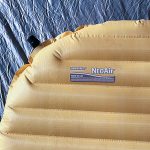
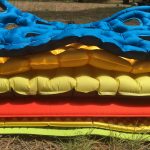


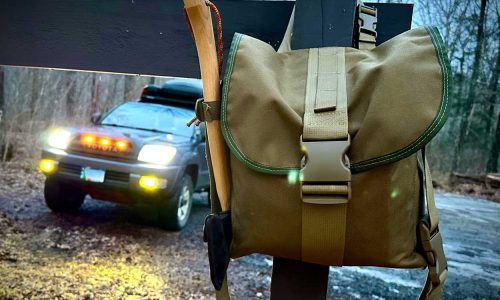
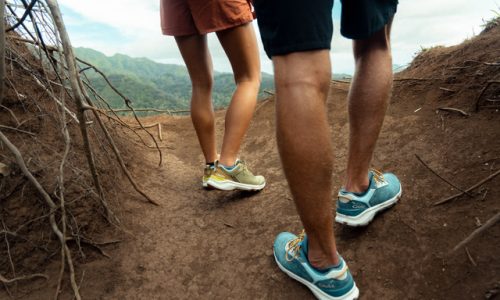

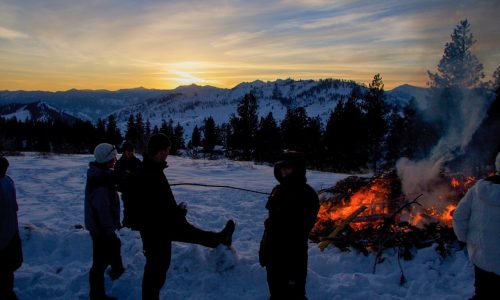
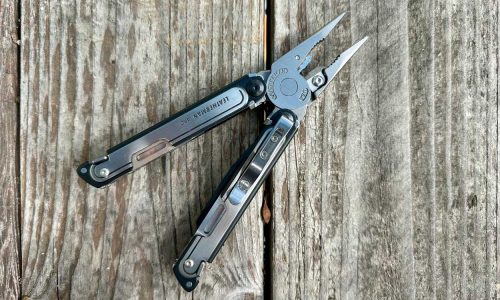
No reviews have been posted for this product.
Use this gear?
Join Gear Nation and leave a review!
Create an Account